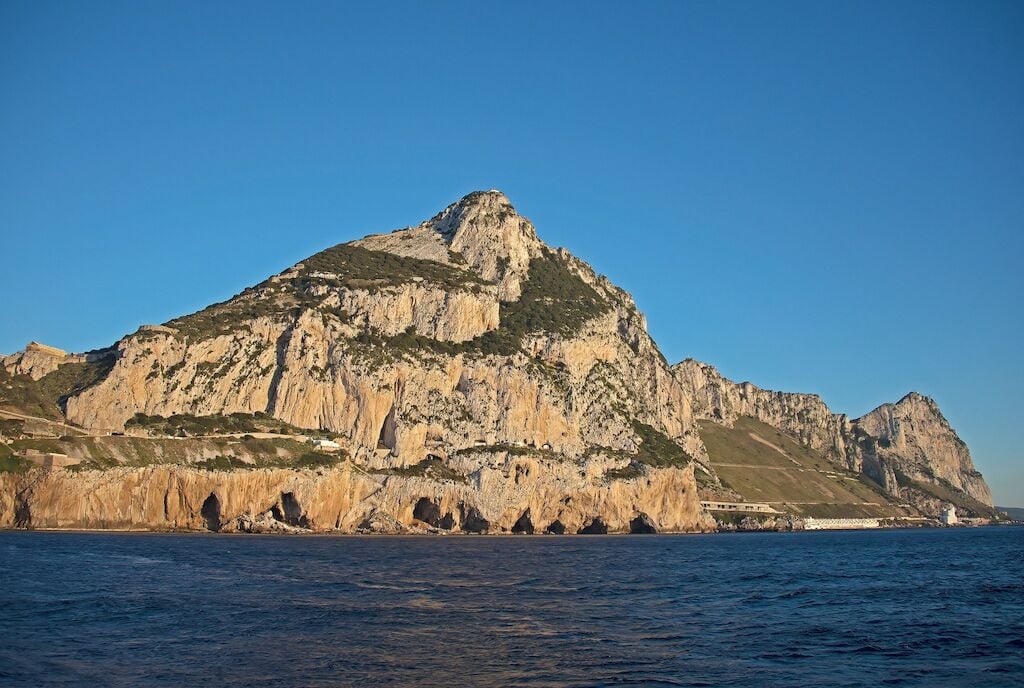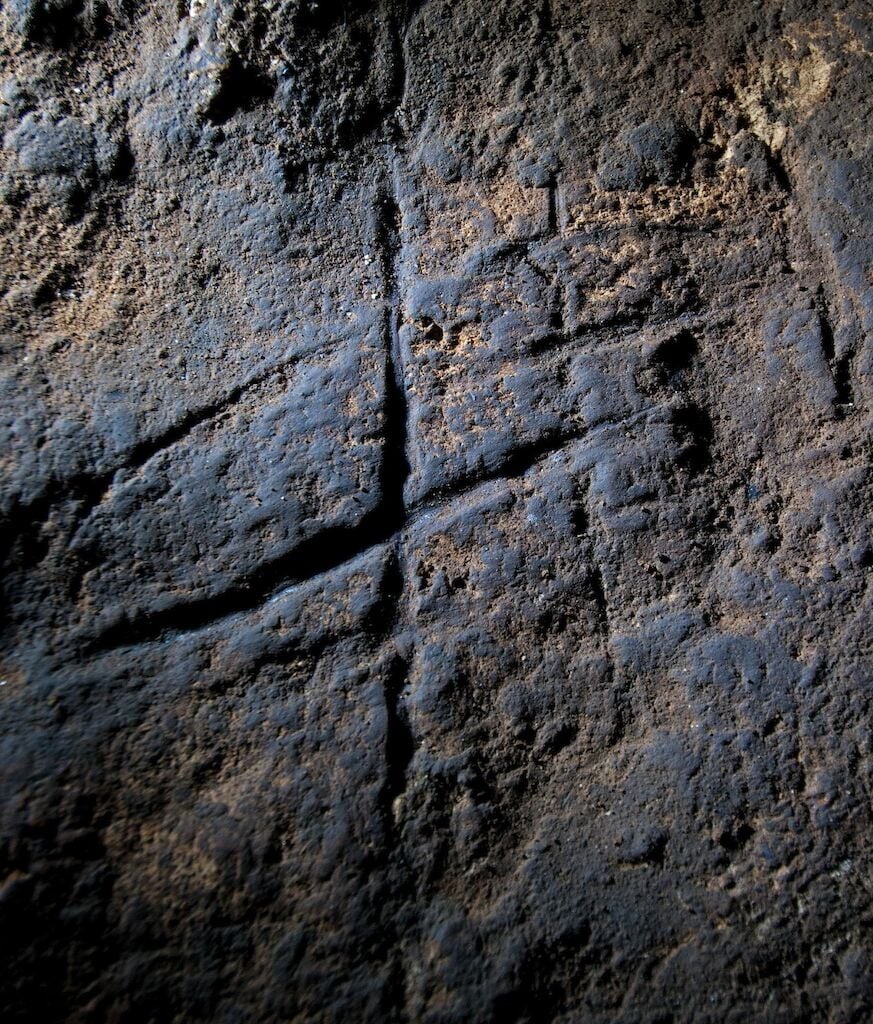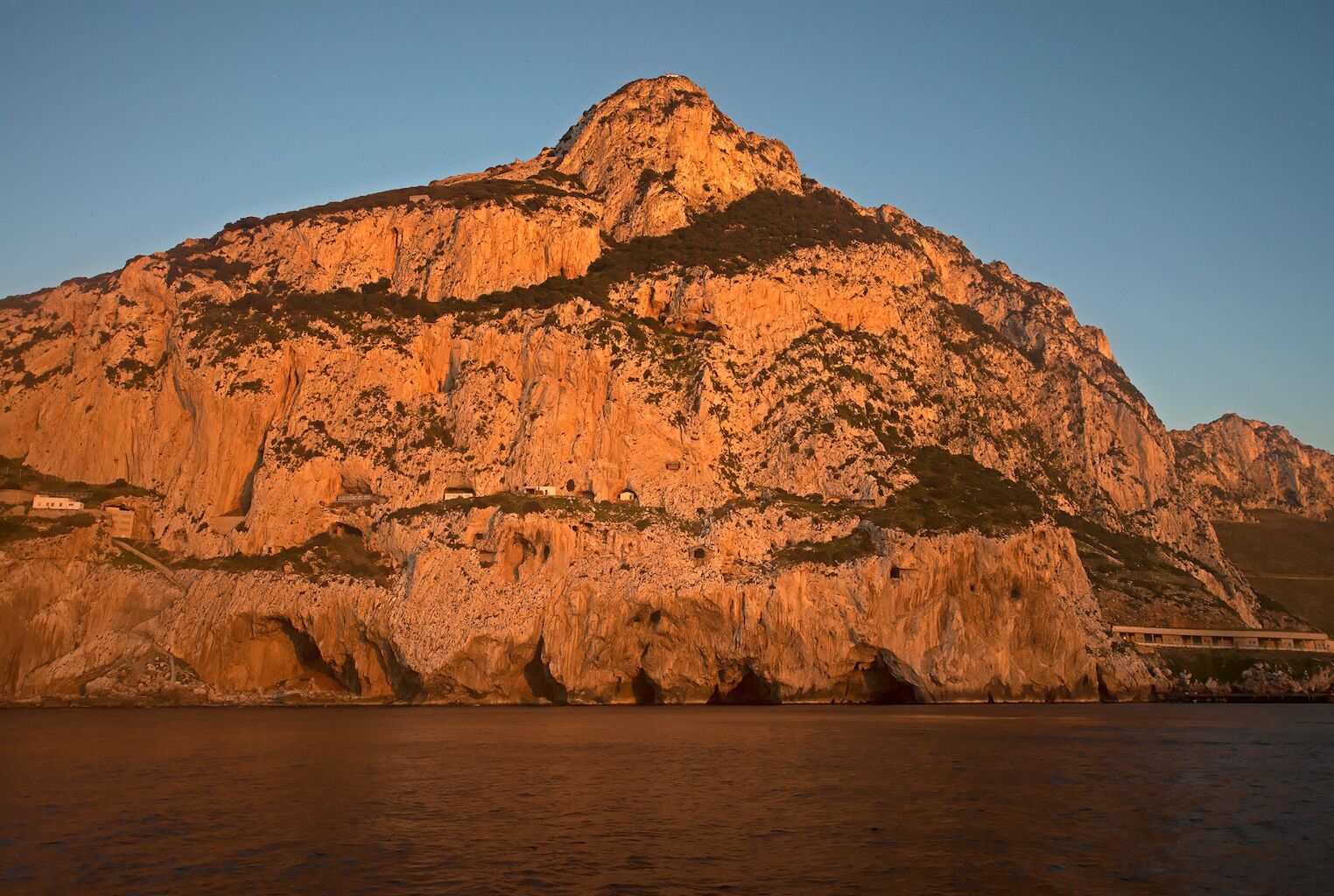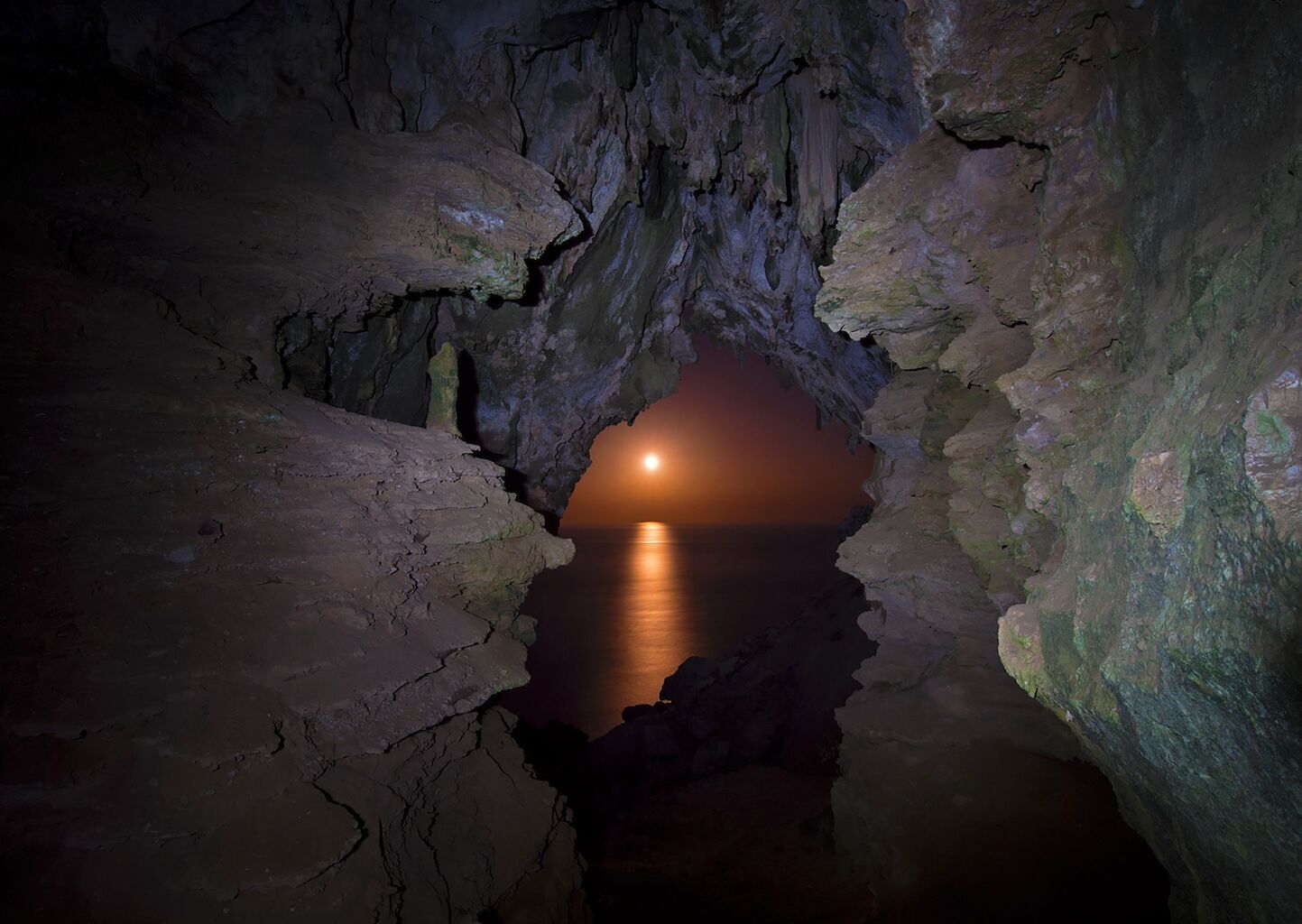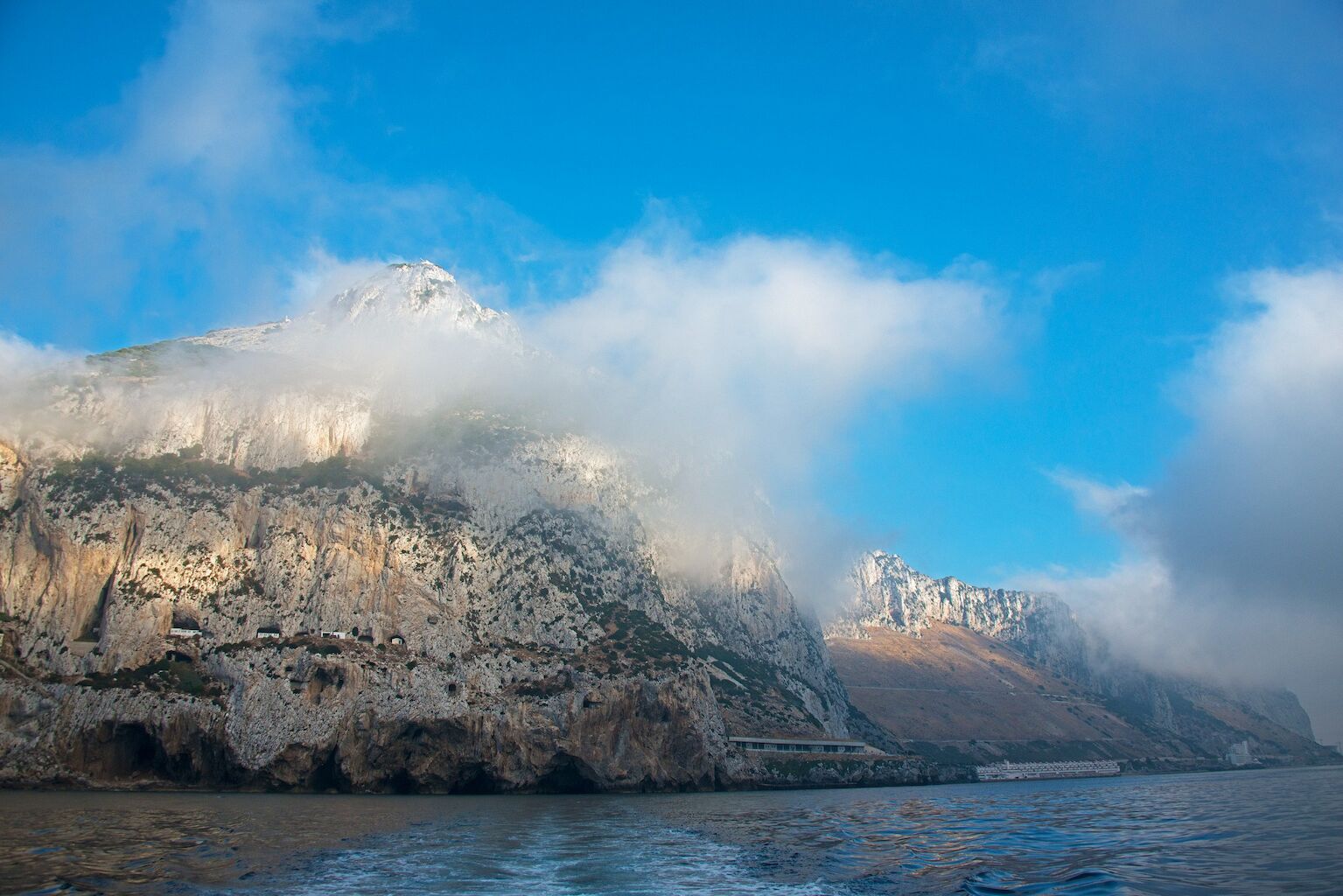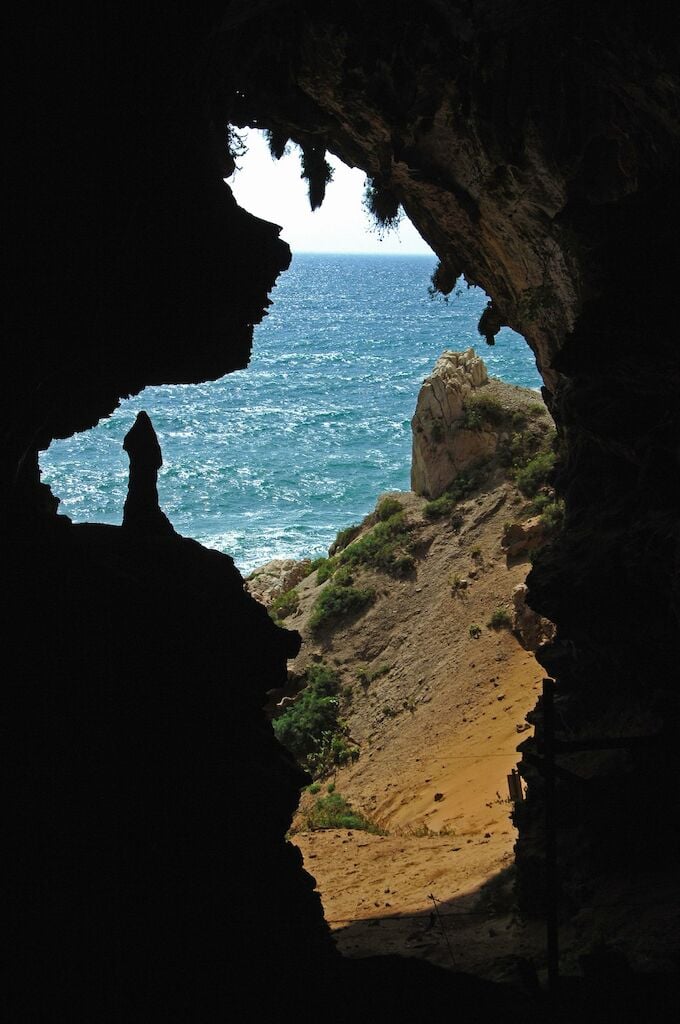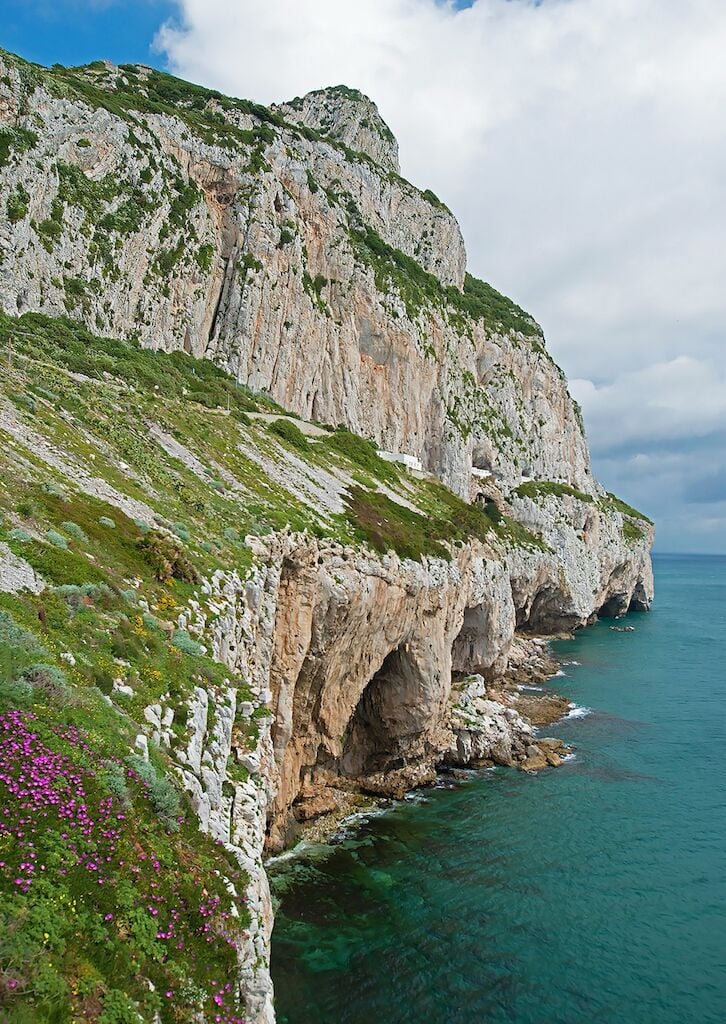Gorham's Cave Complex
The steep limestone cliffs on the eastern side of the Rock of Gibraltar contain four caves that for 125,000 years were home to a now extinct species of human being called Neanderthals. These caves have provided incredible insights into their life, including rare evidence of how they exploited local birds and marine animals for food. Gorham’s Cave provides a unique insight into the cognitive abilities of this now-extinct species who died out around 40,000 years ago.
What makes this UNESCO Designation special?
The Gorham’s Cave Complex is of major significance in understanding the global story of human evolution and adaptation. Twenty-seven years of an international, multi-disciplinary research project have revealed the vital importance of the site in our understanding of a critical juncture in human evolution and of the Neanderthals in particular. Now there is a wealth of information on where and how Neanderthals lived and behaved, what plants, birds and animals they were familiar with and ate, where they acquired materials for stone tools.
Part of the environment 100,000 years ago was similar to the Upper Rock landscape today, with many of the same plants and animals. Until 10,000 years ago when sea levels were lower than today, the landscape extended as a sandy coastal plain to the east of the Rock and would have been dry land for long periods.
Now submerged under the Mediterranean Sea, this plain – which extended east for up to five kilometres – along with the Rock’s cliffs and dunes, was a hunting ground of the Neanderthals. Underwater archaeological exploration has identified freshwater springs and rock sources for Neanderthal toolmakers. The Neanderthals hunted or scavenged birds and sea mammals such as dolphins and collected marine molluscs such as limpets. Many of these species can still be seen today around the Rock.
There is clear evidence of complex social behaviour, including internationally important and unique elements such as a rock engraving by the Neanderthals in Gorham’s Cave.

